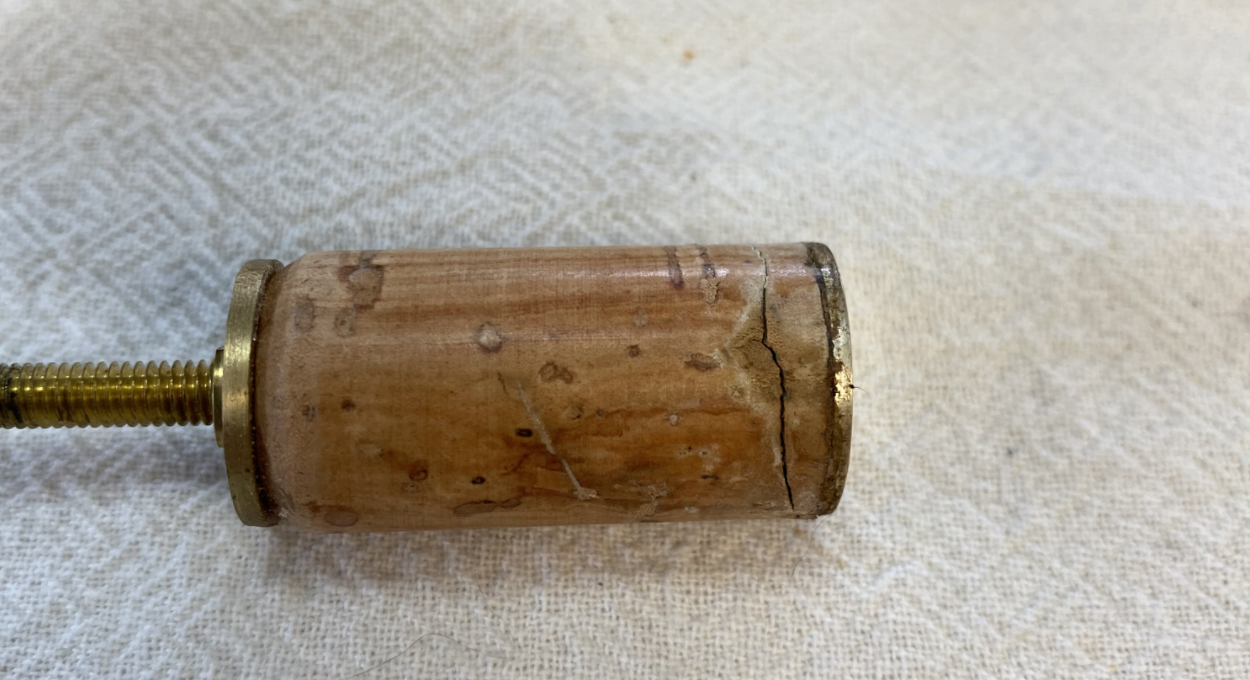There comes a time when we all start to wonder if our headjoint is starting to fail us or is ceasing to be compatible. Suddenly, it isn’t responsive, pitch gets questionable, a few notes seem more difficult that when we first fell in love with our flute. Worse yet, we start to wonder if we aren’t practicing enough, or are practicing too much. Confidence starts to wander and wain. We beat ourselves up and begin dreading the idea of spending $2000 on a new headjoint.
It is possible that the strain and stress we are experiencing is a much simpler issue. The first question we should ask ourselves is, “when was my last COA?” A COA stands for Clean, Oil, Adjust. This is a flute’s equivalent of a car’s oil change. This is also what technicians consider regular yearly maintenance for an instrument. COA’s can vary from technician to technician in the details of what work is done and it can vary in price quite drastically.
A yearly COA will make sure that your flute is in proper adjustment and well-regulated. A leaky flute doesn’t play well at all. The majority of technicians will replace the cork in the headjoint during a COA but this isn’t standard practice across the board. The headcork should be replaced once a year as it is in regular contact with moisture and being a natural product, it also swells and shrinks with the changing seasons. This is a crucial item in regular maintenance because the heart of the flute and basis of the sound production begins in the headjoint. If any part of the headjoint is weak or substandard, the tone will not be at its best.
Assuming your flute is in proper adjustment, changes in response, pitch, or overall tone may point to the need to replace the headjoint cork. When a cork is beginning to leak or fail players will first notice extra resistance in the third octave. In advance stages of deterioration, the third octave may not speak at all. It may begin with the high C and over weeks or months gradually work down to where even the high G won’t speak without quite a bit of difficulty. Also, the player may notice a lack of clarity in the third octave in general before notes begin to fail.
Another issue that can cause a much more accelerated version is when the cork stopper begins to separate from the lower stopper plate. In most shops, the cork is glued to the stopper plate but not all shops do this as standard practice. If the upper plate and nut loosen from vibration, it can allow the cork to separate from the lower stopper plate creating a small gap or space between the cork and stopper plate. This can happen when the cork is not glued or the flute fails due to moisture. The result is a very sudden and scary failure in the third octave. In fact, it is near impossible to get any of the notes out and the headjoint just doesn’t sound right in the middle and lower octaves.
Also, if the headjoint cork shrinks just a bit, it can allow the cork placement to shift. This will cause tuning issues between octaves. The headjoint cork and stopper assembly was designed to be adjustable depending on a players needs and playing style. It is expected that some players may find a need to alter the stopper placement based on how they use their air in order to help with tuning octaves. If the cork and stopper shift even a little it can really throw a player off. Remember when your teacher told you not to tighten the crown until it stopped? Well, that’s because it was moving the stopper assembly and wreaking havoc on the flute section tuning in band!
If you suspect that there is something going with your headjoint, have your favorite technician check it out. It is amazing how the slightest change in the headjoint cork placement or the slightest air leak can turn an incredible headjoint into nothing more than an expensive tube of metal. Regular maintenance is important and COA’s are recommended yearly.

